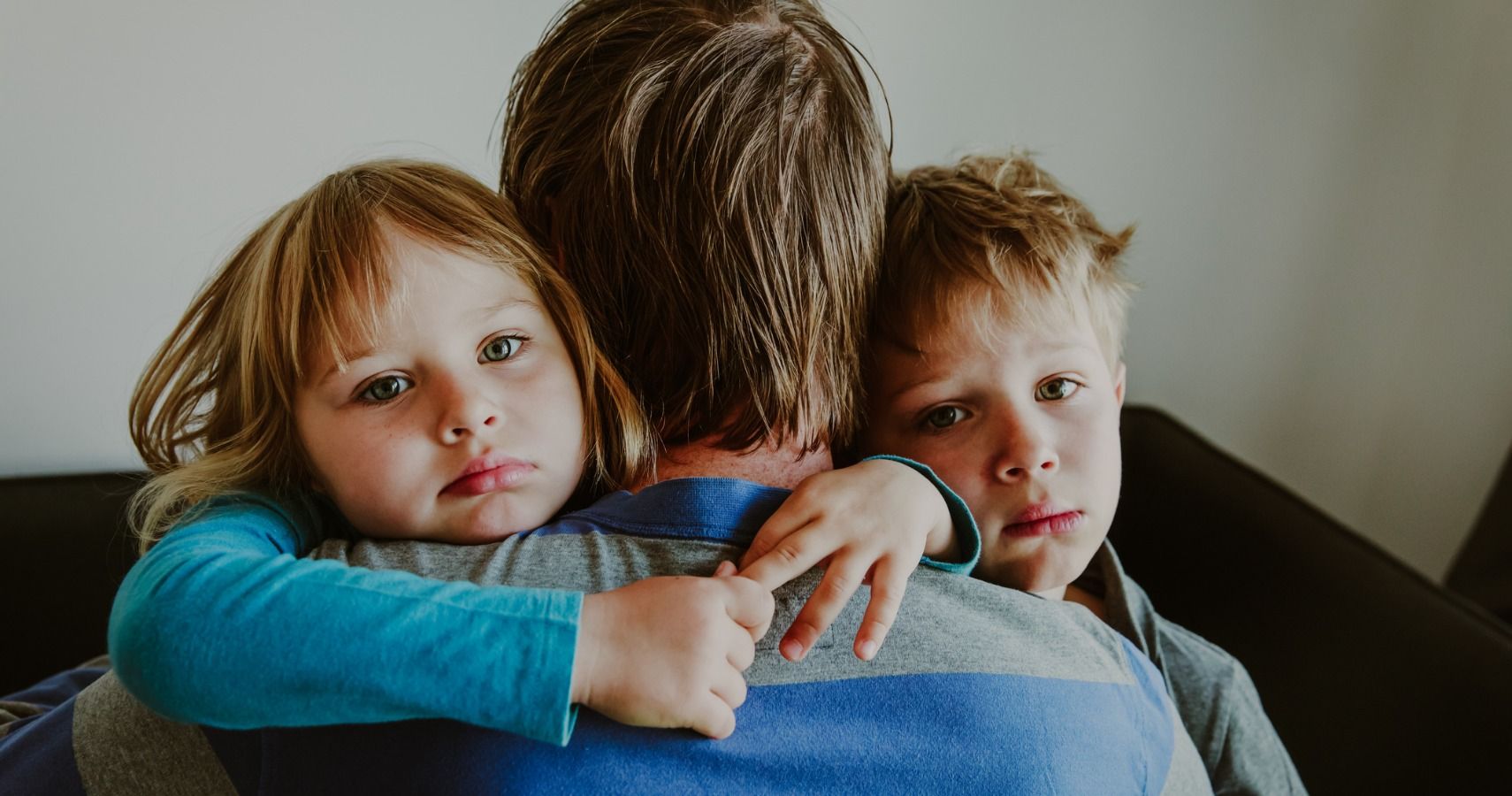We worry about so many things as parents. In fact, most moms lay awake in bed at night making mental lists of things that need to be done the next day and pretty much worrying enough of everything for the whole family. Sound familiar? Probably. Among many of the big concerns that our children are facing in school right now is bullying and it's something extremely widely discussed at home and as soon as kids walk into school each day. In fact, many schools even have signs hanging everywhere that they are a "no bully zone" - that's how big of a conversation this brings. However, what if the bullying is happening in your own home instead?
A new study, done by the American Psychological Association, suggests that children with more than one sibling have a higher chance of being the victim of bullying than children with only one sibling. The study has also narrowed it down to the firstborn sibling most likely being the perpetrator. Definitely something to think about when the kids are at home.
Dieter Wolke, PhD, of the University of Warwick and lead author of the study, shares that, "Sibling bullying is the most frequent form of family violence and it is often seen as a normal part of growing up by parents and health professionals, but there is increasing evidence that it can have long-term consequences, like increased loneliness, delinquency and mental health problems."
To narrow down their findings, the researchers in this study looked at data from a longitudinal study of 6,838 British children born in either 1991 or 1992 and their mothers. Through this study, they were able to define sibling bullying as psychological abuse, for instance, siblings saying hurtful things to one another. They also defined it as physical abuse whenever there was hitting, kicking or more involved, and emotional abuse when things like ignoring their siblings, lying, etc were involved.
These findings narrowed things down to four different categories for the researchers: victims, bully victims (defined as being both a perpetrator and victim of bullying), bullies or uninvolved. They also collected a great deal of additional information from the children's mothers such as parental conflicts, mental health, socioeconomic background, etc.
They found that about 28 percent of the children in the study were involved in sibling bullying, psychological abuse being the most common form. It also showed that those children were something called bully victims, which means they bullied and were bullied, according to the study.
The study authors hope that these findings help parents as they expand their families.
READ NEXT: New Study Shows How Parents Can Help Kids Stand Up To Bullying

